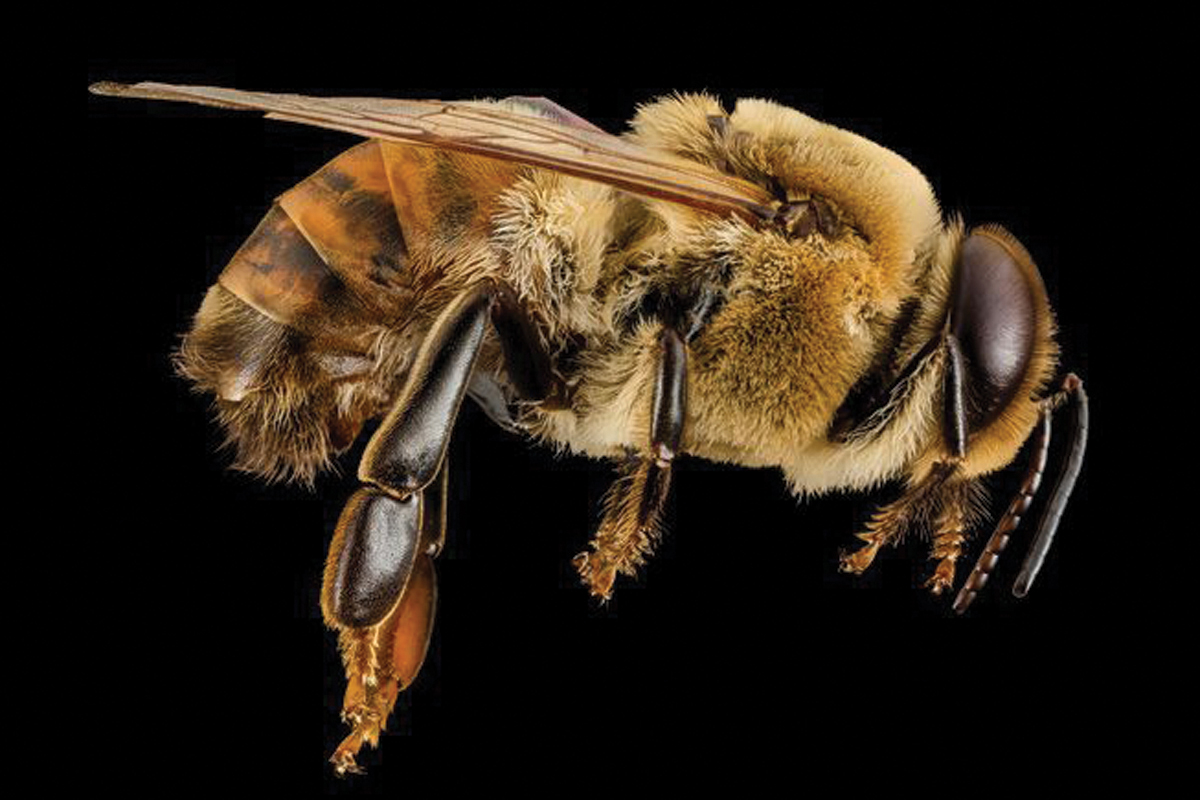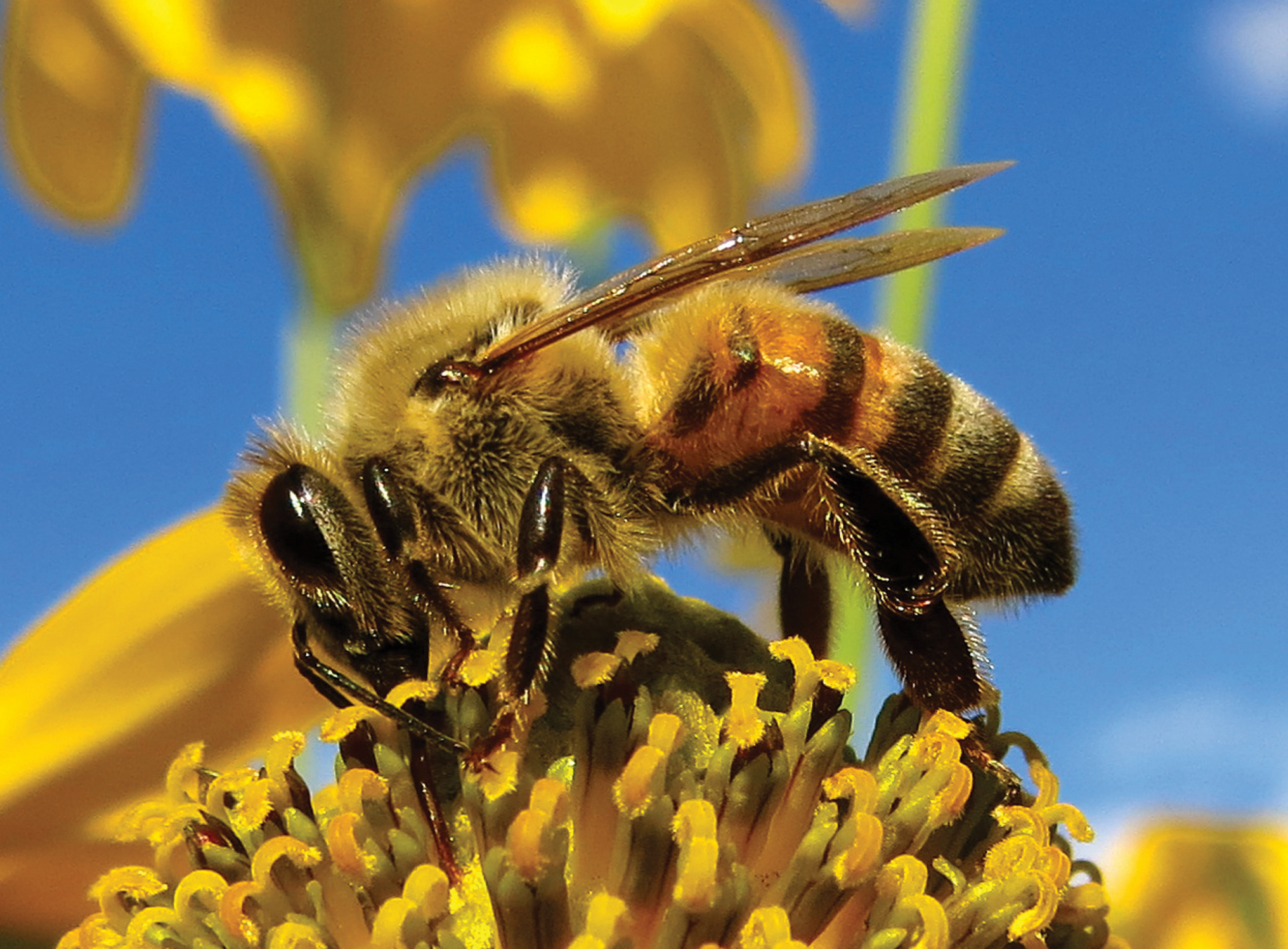East Tennessee Outdoors: Bee Attack!!
Published 1:39 am Wednesday, September 11, 2019



BY DANNY BLEVINS
STAR CORRESPONDENT
Several years ago, my brother and a friend were hiking in Roan Mountain State Park. It had been a good day, and the woods were beautiful on this mid-summer’s day.
Suddenly my brother watched in horror as a swarm of bees landed on his friend. Apparently, the bees were swarming, and the queen bee landed on my brother’s friend and left her scent before she flew away. The rest of the hive followed the queen’s scent, and they also landed on him.
My brother rushed to help him as the bees attacked him. The bees were crawling into the man’s nose, mouth, and ears, as well as his shirt. They crawled into any place they could find an opening and stung him as he tried to get away from them.
Finally, my brother took a tree branch and beat the bees off of him.
Once the bees were gone, they counted the number of stings he had received. He had been stung 147 times. They ended their hike, got help for him and he lived to see another day. It had been a close call.
The above story is a little unusual because an entire hive landed on my brother’s friend, but it made one fact clear for me – bees can kill you.
If you research the deaths each year by wild animals, you will discover something unusual. You are more likely to die from insect attacks, especially bee attacks, than by venomous snakes, bears or other wild animals combined.
During a recent study conducted by the CDC, they discovered that from 2000-2017 deaths by a bee attack averaged from a low of 43 in 2001 to a high of 89 in 2017.
The CDC also warned that these numbers could be underreported as some people who died from bee stings may have been reported as heart attacks or sunstroke. They also found that 80 percent of those who died from bee stings were men.
They also recommended that if you are stung, to run away because the bee releases a chemical when they sting that attracts other bees. Also, wash the area of the sting with soap and water and remove the stinger if one has been left.
As sportsmen and women, we take a chance of encountering bees every time we step into the woods. But there are a few things we can do to protect ourselves from these attacks.
First, be aware of the things around you. My father once stuck his head in a bee’s nest while he was crawling through a mountain laurel thicket. He was stung 14 times. He was able to get out of the mountains and get help, but the result could have been fatal.
Watch for nests hanging on limbs or those that are in the ground. The ground nests can be easy to spot with a little practice. If there is a small hole in the ground, avoid stepping on it, and watch it for a few minutes. Soon you will notice the insects going in and out of the hole.
Also, if something has been digging at a small hole in the ground, this has probably been an animal such as a bear trying to dig out the bees, so again, avoid that area.
Second, carry an EpiPen with you to avoid anaphylactic shock. An EpiPen can be a life savior, especially if you are allergic to a bee’s sting.
To relieve the pain and swelling of a sting, I have found that most drug store bee swabs work well. Also, try the old remedy of using tobacco juice to take away some of the pain, and believe it or not, mustard gently applied immediately after a sting will take away the pain from a bee sting and will allow the sting to heal faster.
Bees are a part of the wilderness experience, but as with any wild creature, you have to treat them with respect and venture into the mountains prepared in case a bee attack happens.
Prepare well, and it could save your life.








